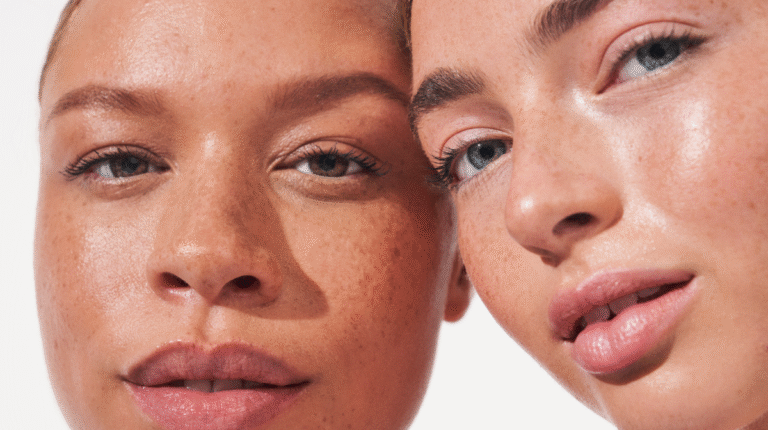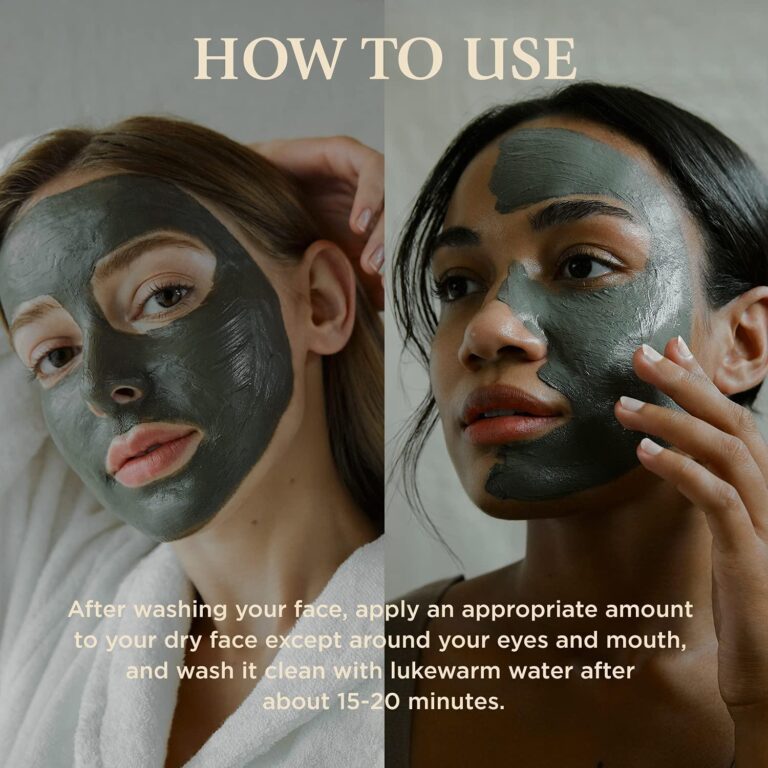
What is the best botox or filler and what is the difference between botox and filler When we look for products and treatment methods that can be used in order to treat skin wrinkles and in order to tighten the face and give it an attractive and more youthful appearance, we note that there are many therapeutic methods and the most common among them are Botox and fillers, what is the best between them and what are the advantages and disadvantages of each type, this is what we will learn about through this article.

Botox or fillers?
Botox and fillers are cosmetic treatments that are done by injection and are often done in the doctor’s office, and both do not require surgical intervention, and this is the only similarity between them. According to the American Society of Aesthetic Plastic Surgery, both Botox and Fillers are very popular treatment methods, as in 2015 more than nine million treatments were performed by them.
Botox contains pure bacteria that freeze muscles, and therefore Botox helps reduce the appearance of lines and wrinkles caused by facial expressions.
The filler, on the other hand, contains ingredients that fill the areas affected by thinness due to age, and this thinness often occurs in the cheeks, lips and around the mouth.
Before undergoing either of them, you must be aware of the costs and their risks, and you must have realistic expectations about their outcome.
What is botox?
Botox or injections of botox is a purified form of botulinum toxin extracted from bacteria, and although it can be fatal if taken in large quantities, very small and regulated amounts of Botox have been safely correcting wrinkles for decades.
Botox works by blocking nerve signals in the muscles that are injected with Botox, and when those nerve signals are blocked, the affected muscles become temporarily paralyzed and stop and without movement in those selected muscles in the face, certain wrinkles are eliminated. Botox or other treatments made from botulinum toxin are sometimes called neurotoxins. The types of treatments manufactured with botulinum toxin are sold under the name of Botox or de Sport products.
What may Botox correct?
Botox becomes effective only on wrinkles caused by muscle stress, which are known as kinetic wrinkles and often called expressive lines.
- Among the most types of kinetic wrinkles that are treated with Lutox are the lines at the top of the face, such as those between the eyebrows, horizontal lines in the forehead, and wrinkles around the eyes.
- These wrinkles occur as a result of smiling, doodling, squinting and other facial expressions.
- Botox is not effective in treating lines or wrinkles resulting from sagging or loss of obesity in the face, as these wrinkles are known as fixed wrinkles, and those fixed wrinkles include wrinkles that appear on the cheeks, neck and jaw area.
- Botox is not a permanent treatment and the treatment must be repeated in order to continue its effect in reducing wrinkles.
- Most people may notice that the effect of Botox on the muscles lasts for three to four months.
Botox side effects:
The American Society of Plastic Surgeons considers Botox to be a safe substance and was used in 6.7 million procedures in 2015. Since Botox disappears over time, most side effects are temporary. Among the side effects of Botox are the following:
- Decreased eyelids or eyebrows if injected close to the eyes.
- Weakness or paralysis of the muscles near the injection site.
- Skin rash and itching.
- Pain, bleeding, bruising, swelling, numbness or redness.
- headache;
- Dry mouth.
- cold-like symptoms,
- nausea.
- Trouble swallowing, speaking or breathing.
- Gallbladder problems.
- Blurry vision and vision problems.
The treatment by Botox may also fail due to the antibody’s fight against the toxin, and this often happens in less than one percent of people who have repeated Botox treatment.
The American Society of Plastic Surgeons advises people undergoing Botox treatment not to rub or massage the area that was injected after the Botox injection, as this would spread the poison in the surrounding skin areas, causing a decrease in the muscles and other problems.
The average cost of a Botox injection is $385, according to 2016 statistics from the American Society of Plastic Surgeons.
What is a filler?
A dermal filler, or as it is sometimes called a soft tissue filler, is a substance designed to be injected under the surface of the skin to add volume and fill the area. The material in the filler consists of:
- Calcium hydroxyapatite, a mineral-like compound found in bones.
- Hyaluronic acid, which is found in certain fluids and tissues in the body that adds plumpness to the skin
- Poly Alkylamide It is a transparent gel that is compatible with the body.
- Polyacetic acid, which stimulates the skin to produce more collagen
- A permanent filling of microscopic phosphates.
- Each of these compounds is used to treat signs of aging or other cosmetic problems.
The time it takes for each type to show its effect varies, as well as the time during which the effect lasts. Some fillers last for six months, and other types last for two years or more. People should discuss their individual needs with the doctor to determine which type of filler is the right option for them.
What can the filler treat?
Different types of fillers are used to treat different signs of aging, and depending on the type of filler chosen, it may work on:
- Fill in thin lips.
- Improving or filling hollow areas in the face.
- Reducing or removing wrinkles under the eye caused by the lower eyelid.
- Fill or reduce the appearance of scars.
- Filling or reducing static wrinkles, especially in the lower face area.
- Fixed wrinkles include those wrinkles around the mouth and on the cheeks, and these wrinkles appear as a result of the loss of collagen and skin elasticity.
Side effects of the filler:
The filler is considered one of the safe procedures, but some side effects can occur, and the most common side effects are:
- Skin rash, itching and pimples.
- Redness, bruising, bleeding or swelling.
- Undesirable appearance, such as the presence of clumps or exaggeration in the correction of wrinkles.
- Damage to the skin, which causes wounds, infection, or scars.
- The ability to feel the filler materials below the skin.
- Blindness and other vision problems.
- Death in the skin cells as a result of the loss of blood flow in the areas where the filler is used.
The total cost of filler treatment varies based on the service provider, the area being treated and the type of filler used.
Statistics from the American Society of Plastic Surgeons in 2016 showed that the cost of a filler injection is as follows:
- Calcium Hydroxelabite Filler like Radise’s $687.
- Hyaluronic acid like Restylane $644.
- Polylactic acid like Sculpetra $773.
The cost may be higher or lower depending on the amount of filler used, as using a smaller amount than a full syringe may be cheaper than using a full syringe.
The main differences between Botox and Fillers:
Botox works to freeze the muscles in order to stop the appearance of wrinkles resulting from facial expressions, which are often found in the upper part of the face such as the forehead and next to the eyes.
The filler is used to fill in areas that have lost volume, including wrinkles around the mouth, thin lips and cheeks who have lost volume. It may also be used in forehead wrinkles, scars and other areas that need to increase their size in order to look better. The results of Botox last between three to four months, while the results of the filler range depending on the type of filler used.
- Because both Botox and Filler are two different ingredients that are used in different ways, they may be combined in one treatment. For example, someone may use Botox to correct lines between the eyes and Filler to correct fine lines near the mouth.
It is not recommended to use Botox or fillers for both pregnant and lactating women and people who suffer from heart diseases or who are taking any medication.








